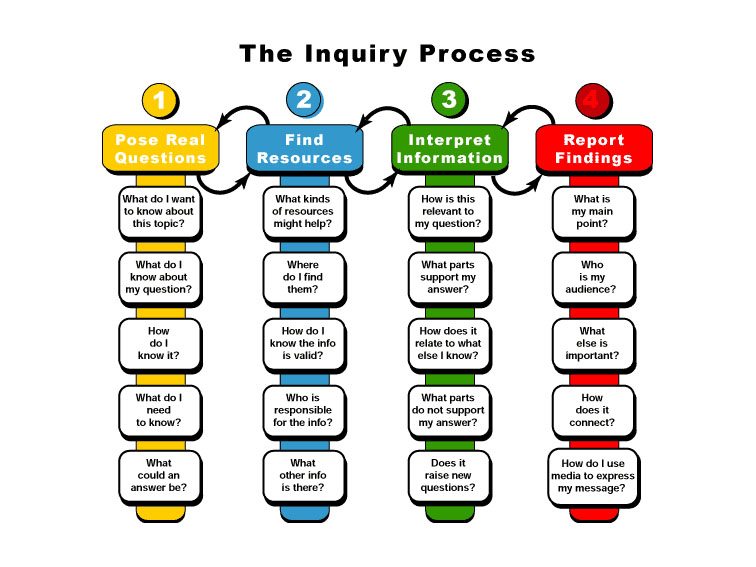According to Bernie Dodge, a WebQuest is:
"An inquiry-oriented activity in which most or all of the information used by learners is drawn from the Web. WebQuests are designed to use learners' time well, to focus on using information rather than looking for it, and to support learners' thinking at the levels of analysis, synthesis, and evaluation."
WebQuests are activities which can be created for students of many different ability levels to use. There is an article titled FOCUS: Five Rules for Writing a Great WebQuest. This article is available as word document on the web. While the article was originally created in 2001, the information in the article is still valid. The FOCUS method revolves around the following ideas:
Find great sites
Orchestrate your learners and resources
Challenge your learners to think
Use the medium
Scaffold high expectations
In order to keep a relevant and meaningful WebQuest, one should follow these directions when creating one. Finding great sites includes not only the quality of the content on the given site but the readability and timeliness of the information presented. Dodge offers tips to help find great sites such as mastering search engines, probe deep into the web, and keep track of the resources that you find.
Dodge goes on to offer tips on how to properly orchestrate your learners based on skill and resources based on availability. At the time of the article, Dodge stated, "As of this writing and for the foreseeable future, there are not enough computers to go around" (2001). In 2014, there are still many schools that do not have the resources available to have each student in the class completing a WebQuest independently on their own hardware so this step is important for many people.
Challenging learners to think is a basic for any educator. All teachers should be challenging their learners to think at their ability level, which is the idea behind differentiated instruction. Dodge offers ideas on how you can best meet your students needs for a challenging curriculum within the same WebQuest.
Using the medium refers to using the WebQuest and the Internet as a whole to the fullest extent. The Internet in 2014 is an almost endless supply of information including media. Students are exposed to pictures and videos constantly. A WebQuest should be organized so that students are receiving information from both the text and the media.
The last piece of the WebQuest framework offered by Dodge is that it should scaffold high expectations. "A great WebQuest ask students to do things they might not ordinarily do" (Dodge, 2001). Students should gather information during a WebQuest and synthesize the information into a new form. Scaffolding expectations also allows teachers to differentiate their instruction again based on student need.
WebQuests can be powerful tools that should be used in the modern classroom. WebQuests bring Inquiry Based Learning methods together with Resource Based Learning methods which creates a meaningful learning environment for students.
References:
Dodge, B. (2001). FOCUS: Five rules for writing a great WebQuest. Learning and leading with technology, 28(8), 6-9.
Dodge, B., & March, T. (2007). What is a WebQuest. Retrieved from: http://www.britishcouncil.org.hk/eltnetwork/doc/WebQuests%20ELT%20Workshop.doc

